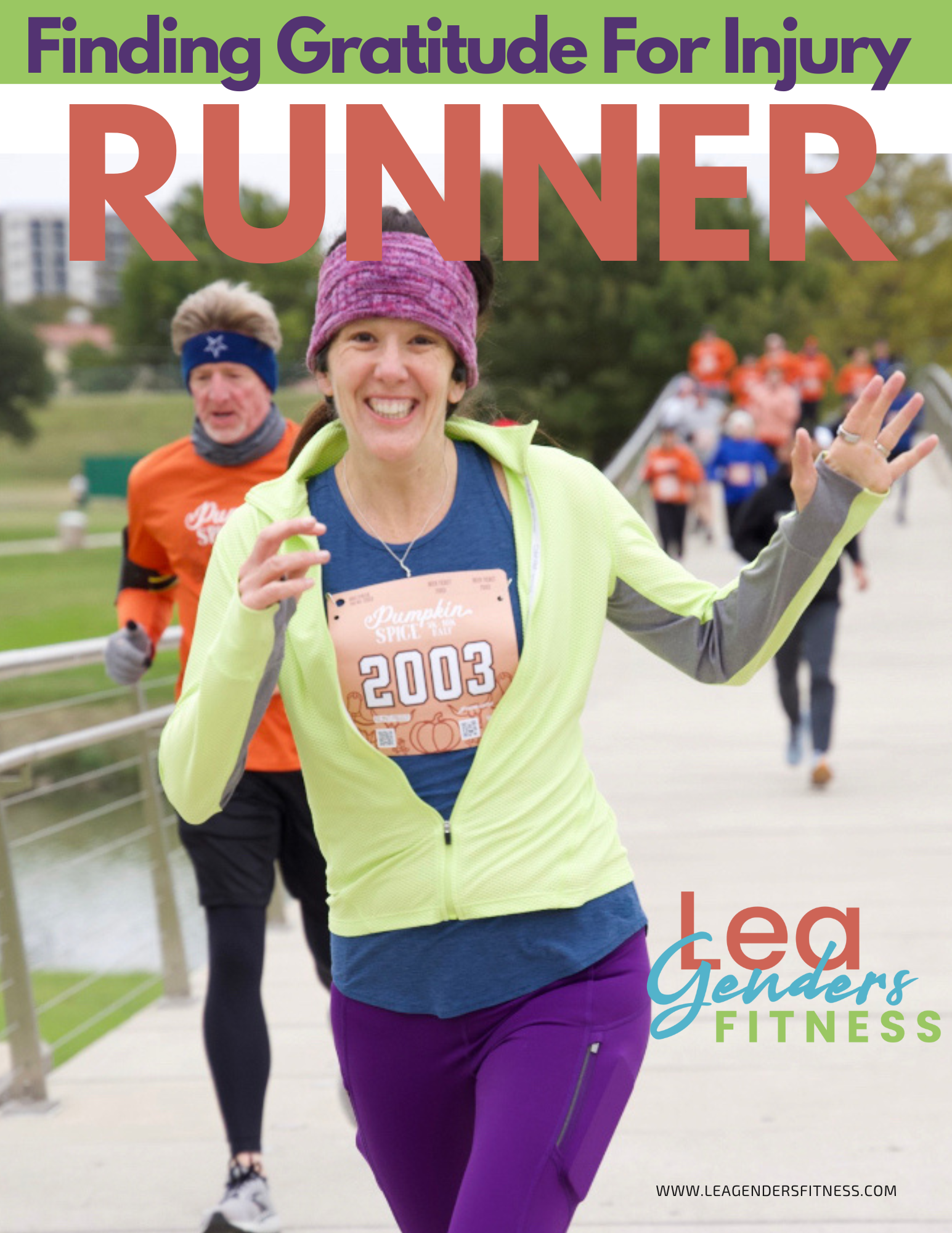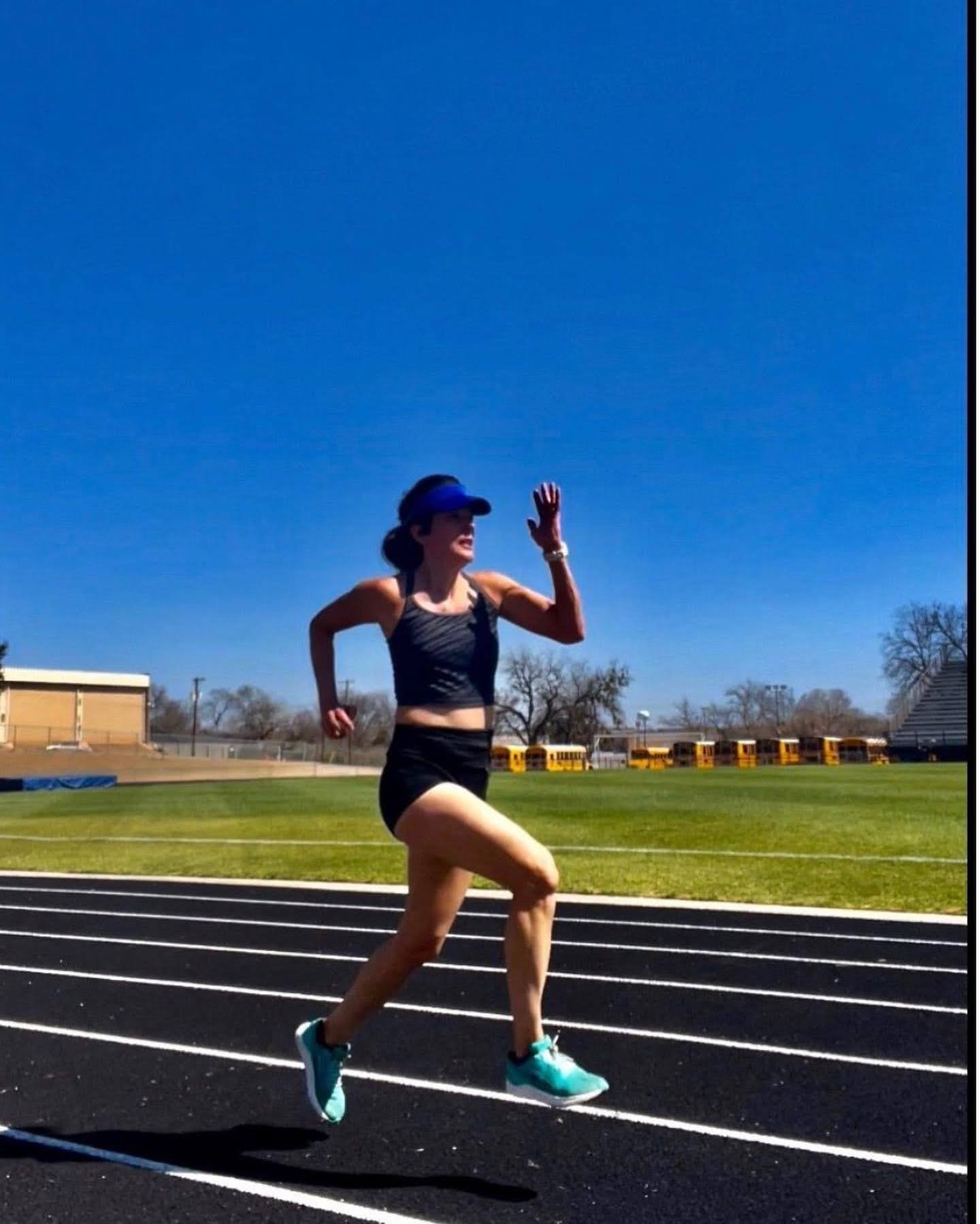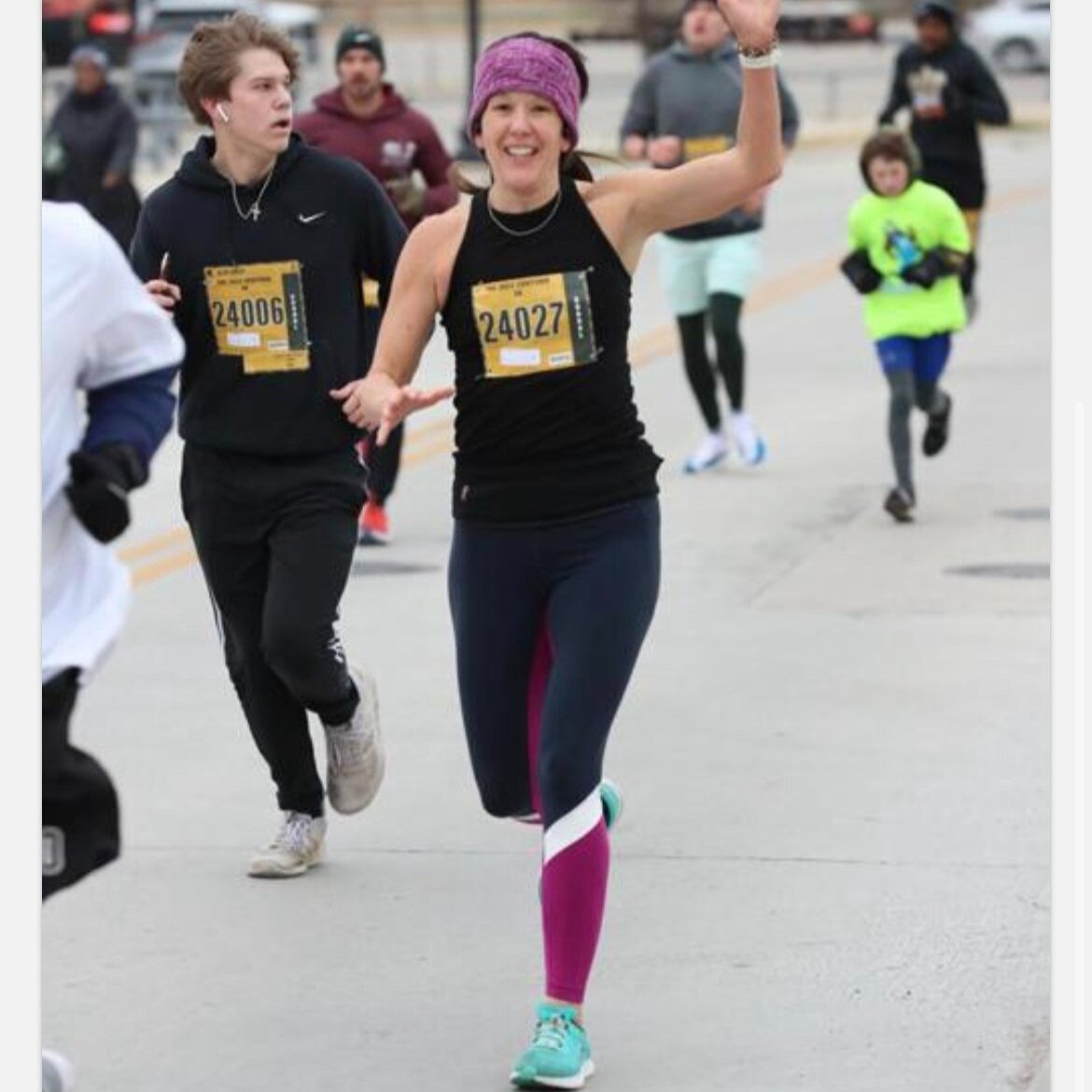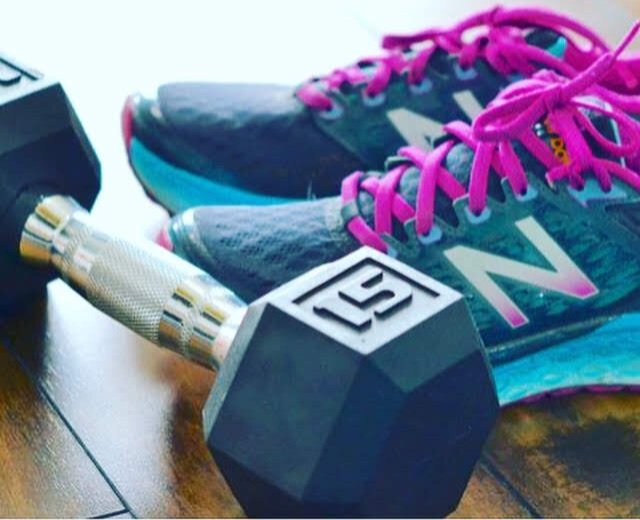I have tennis-elbow. I don’t play tennis (well, not since high school) so it’s safe to assume that tennis elbow should be renamed to I-spend-too-much-typing elbow. The irony is not lost on me that my injury was not a result of running or working out, but likely from typing. You know you must be getting older when you get a blogging injury!
circa 1990 Pittsburgh, PA high school tennis. I look the same, right?
We are a participant in the Amazon Services LLC Associates Program, an affiliate advertising program designed to provide a means for us to earn fees by linking to Amazon.com.
My doctor told me to start using my left hand on the computer mouse. The constant gripping of the mouse was exasperating the situation. I followed his instructions and moved my mouse around to the left side of my keyboard. For the first two days, I was completely unproductive (shhh, don’t tell my boss).
My brain and my left hand were not accustomed to communicating in this way. Instead of the automatic clicks with my right hand, I had to think about how to use the mouse, how to highlight words on the page, and how to use the right and left click buttons. Every action was conscious and awkward.
It felt odd that something that is usually so automatic was challenging and frustrating. I had to teach my brain how to use the mouse with my left hand. After about two eight-hour days of clumsily clicking around, I started to improve. I’d say a week later I am about 90% efficient with my left hand. In times of high stress I still find myself reaching across with my right hand so I can work quickly. I just noticed that right this moment (low stress) I am reaching across with my right hand to use the mouse on the left. Old habits die hard.
It got me thinking about movement patterns and how the easiest way for our bodies to move is not always the best or most efficient way, and how we can retrain our brains to the correct movements with frequent practice.
Back To Basics: Running Edition. Save to your favorite Pinterest board for later
Take running for example. Chances are if you put one foot in front of the other and lift off the ground you will start running. But if you are a runner that has muscle weakness or have developed imbalances (like most of us), you may not be moving in the most efficient way. It’s possible you’re running in a way that puts more pressure than necessary on your hips, knees or ankles. Your body will make compensations so that you can continue to move forward, but the movement patterns aren’t ideal. Poor movement patterns that are repeated frequently can lead to injury.
Just because you can run fast does not necessarily mean you don’t have poor or inefficient movement patterns. Your body may have just learned how to move fast despite its compensations.
It reminds me of this example that I heard on a fitness podcast. If you never learned to type properly and type using the “hunt and peck” method with two fingers, chances are that overtime, you would improve using that less-than-ideal way. In fact, after years of two-fingered typing you would likely get fast at it, you might even start to believe your way was good enough. Why learn the correct way when you are getting it done in a way that your brain already understands? If you were in a a typing speed competition with a person who uses 10 finger typing you’d lose.
If you decided to learn the proper way to type, at first you would be much slower using the most efficient method. But overtime, as you practiced, you would eventually move faster and more efficiently. Sometimes you have to take a step back and and relearn the basics in order to move forward.
Most of us never “learned” to run. We strapped on a pair of shoes and started running. We improved over time. We felt pretty good about it. We may have tackled an injury here or there, but overall the way we were moving was working for us. But just like the hunt and peck method, what seems like is working for us, may not be the best way.
I’ve been reading a book called the Running Revolution that explains the Pose Method of running. It teaches a more efficient way to run. The book outlines proper form, drills and workouts to learn the Pose Method.
I’ve been experimenting with the techniques I am learning from the book. It feels awkward, every step has a purpose, and I need to think about my foot pulling and landing as I am running.
I get tired more easily than usual and get muscle soreness that I didn’t have before. It’s frankly quite frustrating. Am I doing it right?; It feels harder. Isn’t this supposed to make running easier?
My run training may have to feel harder before it gets easier, just like with training my left hand to use my mouse or typing with the hunt and peck method. I have to rewire my brain on how to run. I have to unlearn my old way of running that I’ve been reinforcing for years.
I’ve been running for well over a decade with some degree of success. Like you, when I am running, I don’t have to think about what my body is doing, and I often zone out. While I am learning these new methods, I have to think about every movement I make.
I am a running coach but turns out even with learning proper form in the early days; my running movement may not be as efficient as it can be. When I improve, I can better help my clients improve too.
Frequency is the key to retraining your brain. We need daily drills, practice, and workouts to learn a new skill. Running is a skill. While we all may be born to run, if we want to run more efficiently, it makes sense that we might have to set our egos aside and take two steps backward before we can run forward.
Follow along as I experiment on myself with the Pose Method of running.
Did you like this post? Do you know someone who might benefit? It helps me when you share with your friends and followers.













When you train to run a marathon, it may require the development of new skills. Running is a skill, but are you considering the other skills that may need to be cultivated? I highlighted some important skills needed for marathon training: Time management, moving often, moving well, eating enough nutrients, getting enough sleep, having a growth mindset, and tolerating stress. What can you improve in your lifestyle to elevate your training?